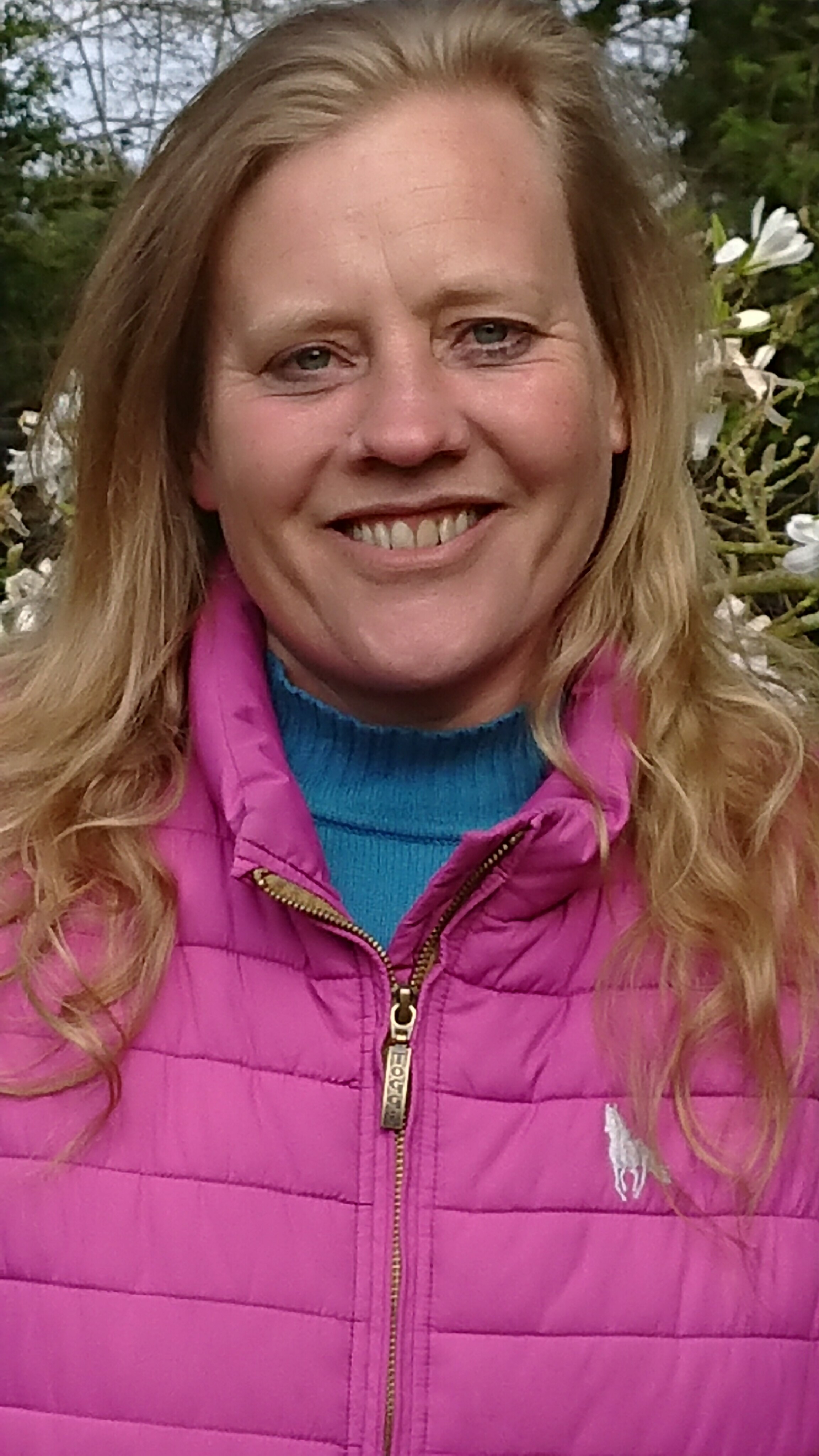July 2022
The Big Butterfly Count, now in its 13th year, is a UK-wide citizen science survey run by Butterfly Conservation. This year the Count officially runs from Friday 15 July until Sunday 7 August. The Big Butterfly Count provides a valuable annual ‘snap-shot’ into how butterflies are faring and like other citizen science surveys have a great contribution to make to our understanding of the natural world.
The Big Butterfly Count serves a multitude of purposes. It is an awareness-raising campaign that introduces people to the wonders of butterflies and day-flying moths. Taking part may spark a deeper interest in nature and lead to behavioural change. Research has shown that people who engage with nature are more likely to adopt environmentally friendly behaviours.
The Big Butterfly Count also provides people with an opportunity to have a break from their ‘every-day’, enabling 15 minutes in the sun-shine topping up on vitamin D, focusing on counting these beautiful insects, which in turn can improve mental health and well-being. In times of eco-anxiety taking part in the Big Butterfly Count can give people a sense of agency – they are doing something positive to help themselves and the environment.
And finally, the Big Butterfly Count generates vast quantities of valuable data that contribute to Butterfly Conservation’s science and research to assess the status of butterflies, moths and the wider environment, culminating in the implementation of conservation action. Research published in 2017 showed that the data gathered in the Big Butterfly Count could produce butterfly population trends that closely matched those from the UK Butterfly Monitoring Scheme. These data could also be incorporated into the UK population trends of widespread species to represent more fully the range of habitats in which they live.
Last year over 100,000 people took part, submitting over 152,000 counts of the 1.2 million individuals of the 20-target species (17 butterflies and 3 day-flying moths) that they saw.
Jersey Tiger Moth was added to the list of target species in England and Wales last year as it dispels the myth that moths are drab-looking creatures of the night - Jersey Tigers are stunning to look at, in fact they are quite often mistaken for butterflies, and are day-flying. This moth is also expanding its range and spreading northwards and westwards from South Western England, demonstrating the impact of climate and land-use change.
We also added the Scotch Argus to the list of species to look out for in Scotland. Scotch Argus is widespread across Scotland – much like the Meadow Brown in England and Wales, it is also affected by climate change, retreating northwards and possibly to higher altitudes. This species was recently added to the British Red List of British butterflies as Vulnerable.
The vast majority of Big Butterfly Counts (c.71%) are undertaken in gardens, this provides us with valuable information as this type of habitat is under-represented in many of our other schemes. The ability to participate in gardens, parks and the wider countryside also means the Big Butterfly Count is accessible to all. Participants who do venture out into the countryside do see greater numbers and diversity of species, particularly in fields in the countryside.
The Big Butterfly Count is for everyone, from beginners to experienced hard-core biological recorders. For some, it will be the gateway to a future filled with butterflies, moths, nature and the wider environment, a catalyst to a lifelong passion. The next logical step for Big Butterfly Counters wanting to do more butterfly recording and find out what is in their gardens, allotments or community green space is the Garden Butterfly Survey. Some people may create a Wild Space for wildlife. Where will the Big Butterfly Count take you? Taking part couldn’t be simpler, visit www.bigbutterflycount.org to find out more or download the Big Butterfly Count smartphone app.
Zoe Randle is Senior Survey's Officer at Butterfly Conservation

Latest Blog Posts